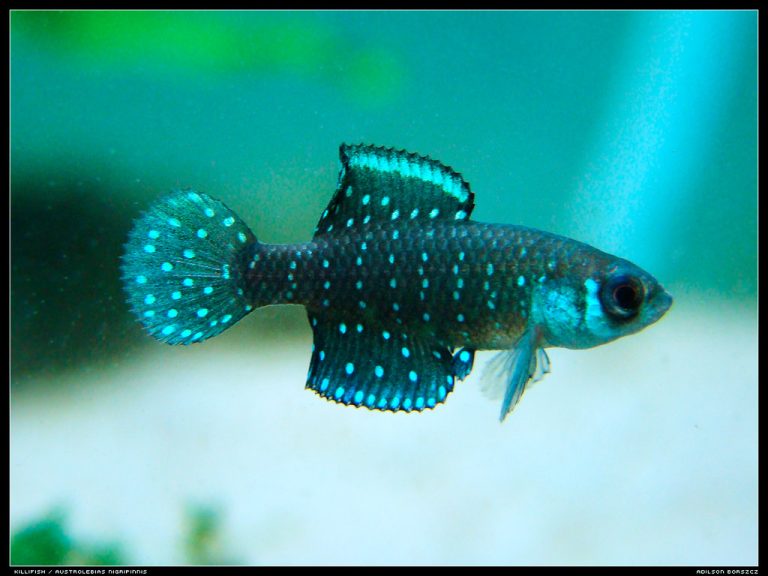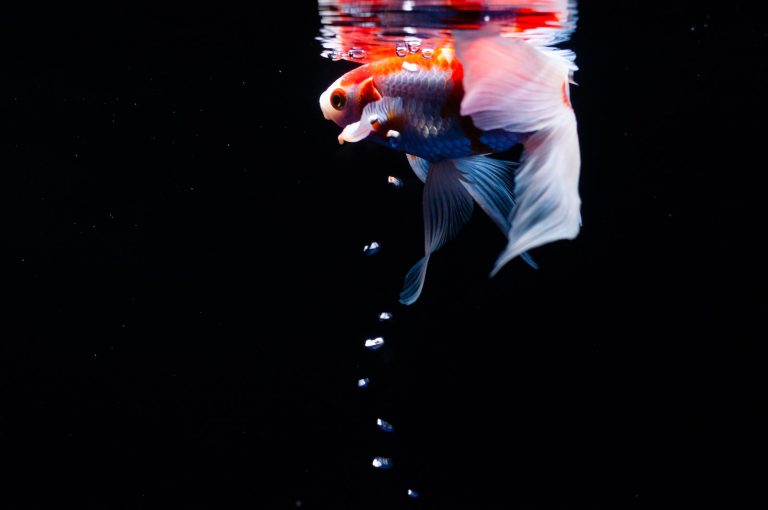Piranhas are infamous for their sharp teeth, aggressive nature, and their portrayal in popular culture as vicious freshwater predators. However, a common question that arises is whether piranhas can live in saltwater. In this comprehensive article, we will delve into this intriguing topic, exploring the truth behind the myth. So, can piranhas live in saltwater? Let’s find out!

Can Piranhas Live in Saltwater?
Contrary to popular belief, piranhas are freshwater fish. They are native to the rivers and lakes of South America, particularly the Amazon River basin. Piranhas have evolved over millions of years to thrive in freshwater environments, where they play an essential role in the ecosystem as scavengers and predators. The unique physiological adaptations of piranhas make it highly unlikely for them to survive in saltwater.
Factors Preventing Piranhas from Living in Saltwater
Several factors contribute to the inability of piranhas to survive in saltwater:
- Osmoregulation: Piranhas have specialized kidneys that are designed to regulate the balance of salts and water in their bodies. They are adapted to freshwater, where the concentration of salts is lower than in their own bodies. If exposed to a highly saline environment, such as saltwater, piranhas would struggle to maintain the necessary balance of salts, leading to dehydration and organ failure.
- Gill Function: The gills of piranhas are specifically adapted for extracting oxygen from freshwater. In saltwater, the high salt concentration would interfere with the gills’ ability to extract oxygen effectively. This would result in respiratory distress and ultimately suffocation.
- Tolerance to Salinity: Piranhas have a low tolerance for salinity. Even a small increase in salt concentration can be detrimental to their health. Their physiological systems are not equipped to cope with the osmotic challenges posed by saltwater.

Exploring the Fascinating World of Piranhas
While piranhas may not be able to live in saltwater, they are undoubtedly fascinating creatures with unique characteristics. Let’s take a closer look at these intriguing fish:
Physical Features of Piranhas
Piranhas are known for their sharp teeth and robust bodies. They typically have a silvery coloration with shades of gold or black. Their powerful jaws contain interlocking, razor-sharp teeth that enable them to tear through flesh with remarkable efficiency. These teeth are continually replaced throughout their lives, ensuring their predatory prowess is maintained.
Feeding Behavior and Diet
Piranhas have a reputation as fearsome predators, thanks to their feeding behavior. They are opportunistic carnivores and primarily feed on other fish, insects, and even small mammals or birds. Their sharp teeth and strong jaws allow them to swiftly devour their prey. Piranhas often hunt in groups, employing a coordinated feeding frenzy that can be quite impressive to witness.
Habitat and Distribution
Piranhas are native to the freshwater habitats of South America, particularly the Amazon River basin and its tributaries. The warm, tropical waters of these regions provide the ideal environment for piranhas to thrive. They prefer slow-moving or stagnant waters with abundant vegetation, where they can find shelter and prey.
Social Behavior
Contrary to popular belief, piranhas are not relentless, solitary killers. They exhibit complex social behavior and are known to form schools or shoals. These groups can range in size from just a few individuals to hundreds or even thousands. The presence of a larger group provides better protection against predators and enhances their chances of successful hunting.
Conservation Status
Piranhas, like many other species of fish, face various threats to their survival. Habitat destruction, pollution, and overfishing pose significant challenges to their populations. However, it’s important to note that not all piranha species are equally at risk. Some species are considered vulnerable or endangered, while others have stable populations.

Frequently Asked Questions (FAQs)
Q1. Can piranhas adapt to saltwater over time?
No, piranhas cannot adapt to saltwater over time. Their physiological adaptations have been honed over millions of years to thrive specifically in freshwater environments. The genetic makeup of piranhas prevents them from developing the necessary adaptations to survive in saltwater.
Q2. Are there any species of fish similar to piranhas that can live in saltwater?
Yes, there are fish species that share some similarities with piranhas but can tolerate or even thrive in saltwater. Examples include barracudas and needlefish. These fish have evolved different physiological mechanisms to cope with the challenges posed by saltwater environments.
Q3. Can piranhas survive in brackish water?
Brackish water, which is a mixture of freshwater and saltwater, poses a challenge for piranhas. While they may have a slightly higher tolerance for brackish water compared to pure saltwater, sustained exposure to brackish water would still be detrimental to their health. Piranhas are best suited for freshwater habitats.
Q4. Are there any documented cases of piranhas surviving in saltwater?
No credible scientific evidence supports the claim that piranhas can survive in saltwater. While there have been occasional anecdotal reports of piranhas being found in brackish or saltwater environments, these instances are likely the result of misidentifications or human intervention.
Q5. Can piranhas be acclimated to saltwater in captivity?
Attempting to acclimate piranhas to saltwater in captivity is highly discouraged. The stress and physiological strain caused by exposing piranhas to saltwater can lead to severe health issues and ultimately, death. It is always best to provide piranhas with a suitable freshwater environment that mimics their natural habitat.
Q6. Are there any alternative fish species suitable for saltwater aquariums?
Yes, there is a wide variety of fish species that are well-suited for saltwater aquariums. Some popular choices include clownfish, angelfish, and tangs. These fish have evolved to thrive in saltwater environments and make beautiful additions to marine aquariums.
Conclusion
In conclusion, the notion of piranhas living in saltwater is nothing more than a myth. Piranhas are highly adapted to freshwater habitats, and their physiological characteristics prevent them from surviving in saltwater. While piranhas continue to captivate our imagination, it is important to separate fact from fiction when it comes to their natural habitat requirements. So, if you’re ever asked the question, “Can piranhas live in saltwater?” you can confidently respond with a resounding “No!”






